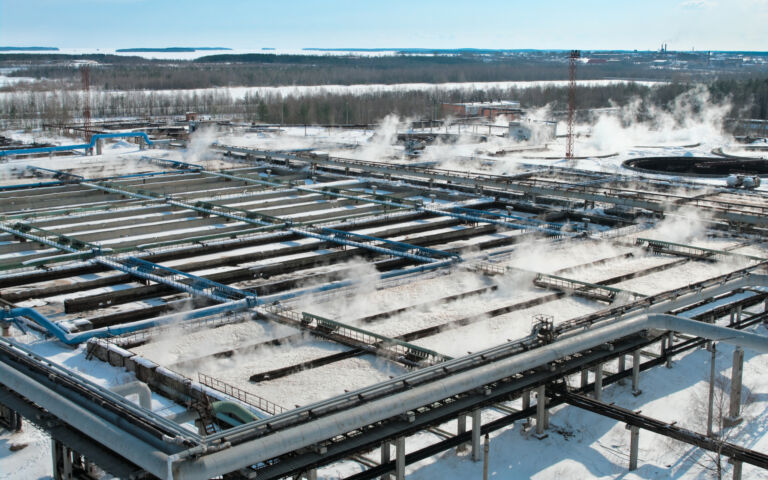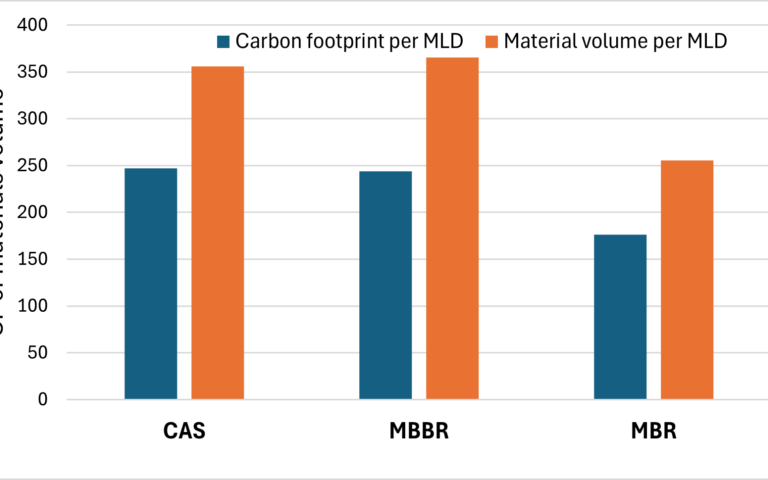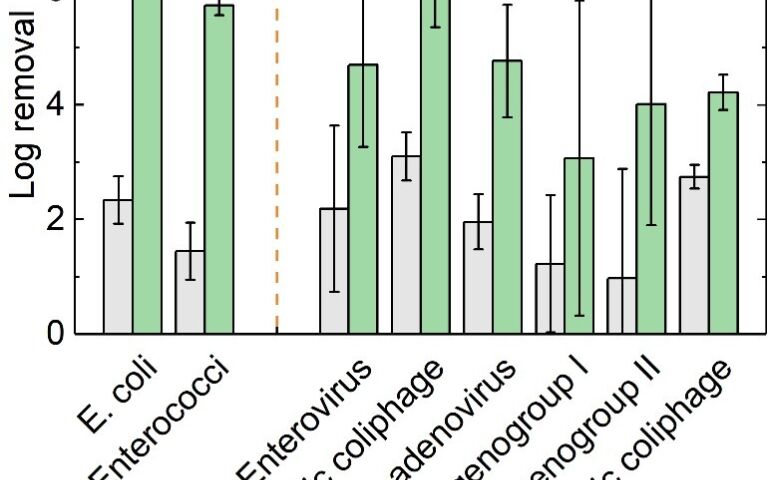Berghof’s 50th anniversary Innovation Day at IFAT 2016. Discuss.

Simon Judd has over 35 years’ post-doctorate experience in all aspects of water and wastewater treatment technology, both in academic and industrial R&D. He has (co-)authored six book titles and over 200 peer-reviewed publications in water and wastewater treatment.
Despite my despair at the misuse of the word, I have to concede that successful technological developments rely on innovation. The MBR Site itself has showcased a number of technologies which offer something just a little different in MBR technology, such as immersed anaerobic technologies, helical flow tubular membranes, and rotating disc sidestream membranes. In general, these developments are designed to improve the energy efficiency of the process, the latter being measured in kWh/m3.
However, the greatest barrier to more widespread implementation of MBRs ahead of alternative, generally multi-stage processes such as a conventional sequencing batch reactor followed by UV or membrane polishing, is perhaps the process robustness. This is particularly the case for low flows where the labour costs associated with maintaining operation may make up a significant part of the operational expenditure (Opex). In such cases, the energy demand per unit volume is of less importance: it is likely to be more cost effective to operate at higher specific energy demands if it means you can reduce relatively-expensive manual intervention.
This is when sidestream MBRs become more attractive. An sMBR only needs to contain a blower for the process aeration and a pump to provide crossflow. Oh, and a membrane might come in handy too. The membrane would still need cleaning, of course, but if operated at a low flux the cleaning requirement would also be reduced. The cost analysis would need to consider the capital cost associated with automated cleaning (backflushing and chemical cleaning, possibly combined) compared with a larger installed membrane area. This might reduce the cleaning frequency to the point where it could be performed manually, which means the process control requirement is reduced. But the viability of such an approach is then critically dependent on the labour cost.
How small is small, and how simple is simple?
So, how small is small, and how simple is simple?
These and many other issues are likely to form part of the discussion at the Innovation Day at IFAT in Munich on Monday 30 May. This event is sponsored by Berghof, supplier of multitube membranes and sidestream MBR technologies, as part of their 50th anniversary celebrations.
Innovation Day will feature speakers largely from the industrial sector, all of whom, like Steve Goodwin and Farid Turan, have years of experience in the design, implementation and operation of sMBRs. And for anyone instilled with a sense of membrane history, Professor Heiner Strathmann − the doyen of ion exchange membranes, amongst other things − will also be speaking at the same event. And, yes, I’ll be there as well, just to make up the numbers.
The format will be a bit different from the normal classical platform presentations, with an extended open panel session to allow attendees to fire questions at the speakers or to just argue amongst themselves. There should also be plenty of networking opportunities.
So, if any of this tickles your fancy and you’re by chance in Munich on 30 May 2016, come along and it will be good to meet you.








